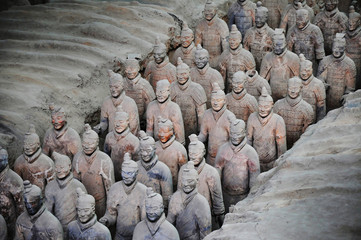The year was 1776. In Bavaria, new ideals of rationalism , religious freedom, and universal human rights competed with the Catholic church’s heavy influence over public affairs. Across the Atlantic, a new nation staked its claim for independence on the basis of these ideas. But back in Bavaria, law professor Adam Weishaupt’s attempts to teach secular philosophy continued to be frustrated. Weishaupt decided to spread his ideas through a secret society that would shine a light on the shortcomings of the Church’s ideology. He called his secret society the Illuminati. Weishaupt modelled aspects of his secret society off a group called the Freemasons. Originally an elite stoneworkers’ guild in the late Middle Ages, the Freemasons had gone from passing down the craft of masonry to more generally promoting ideals of knowledge and reason. Over time, they had grown into a semi-secret, exclusive order that included many wealthy and influential individuals, with elaborate, secret initia...


Comments
Post a Comment